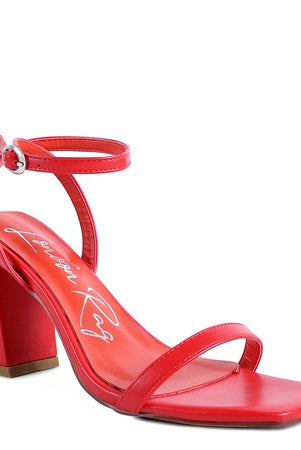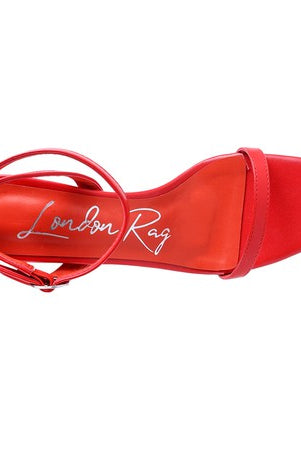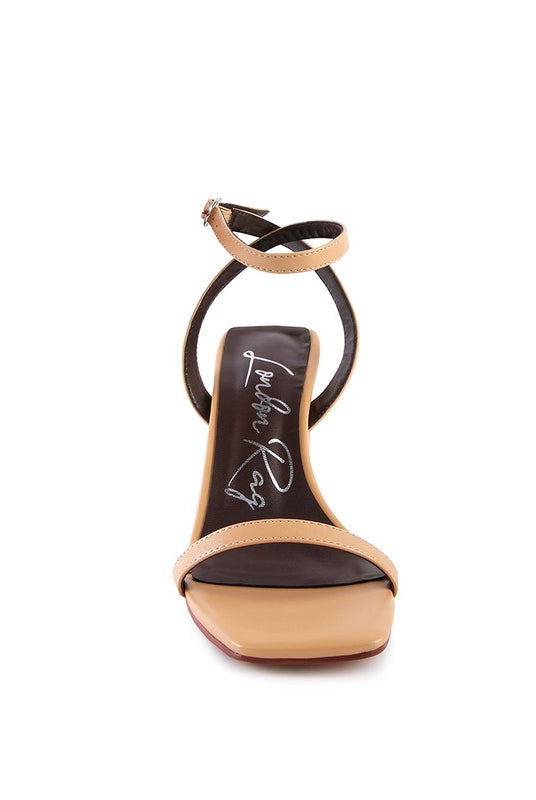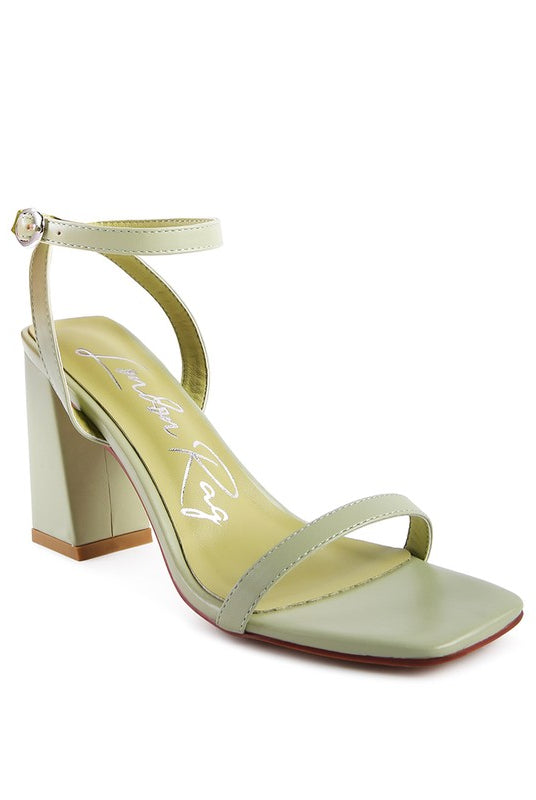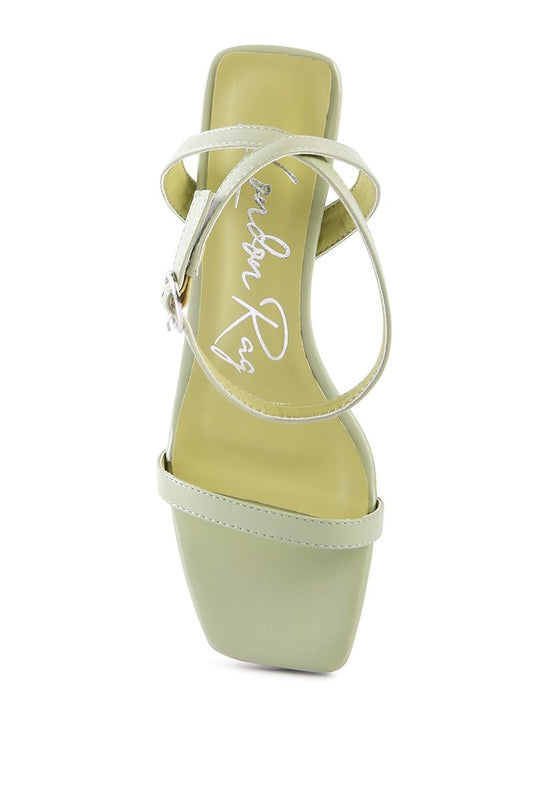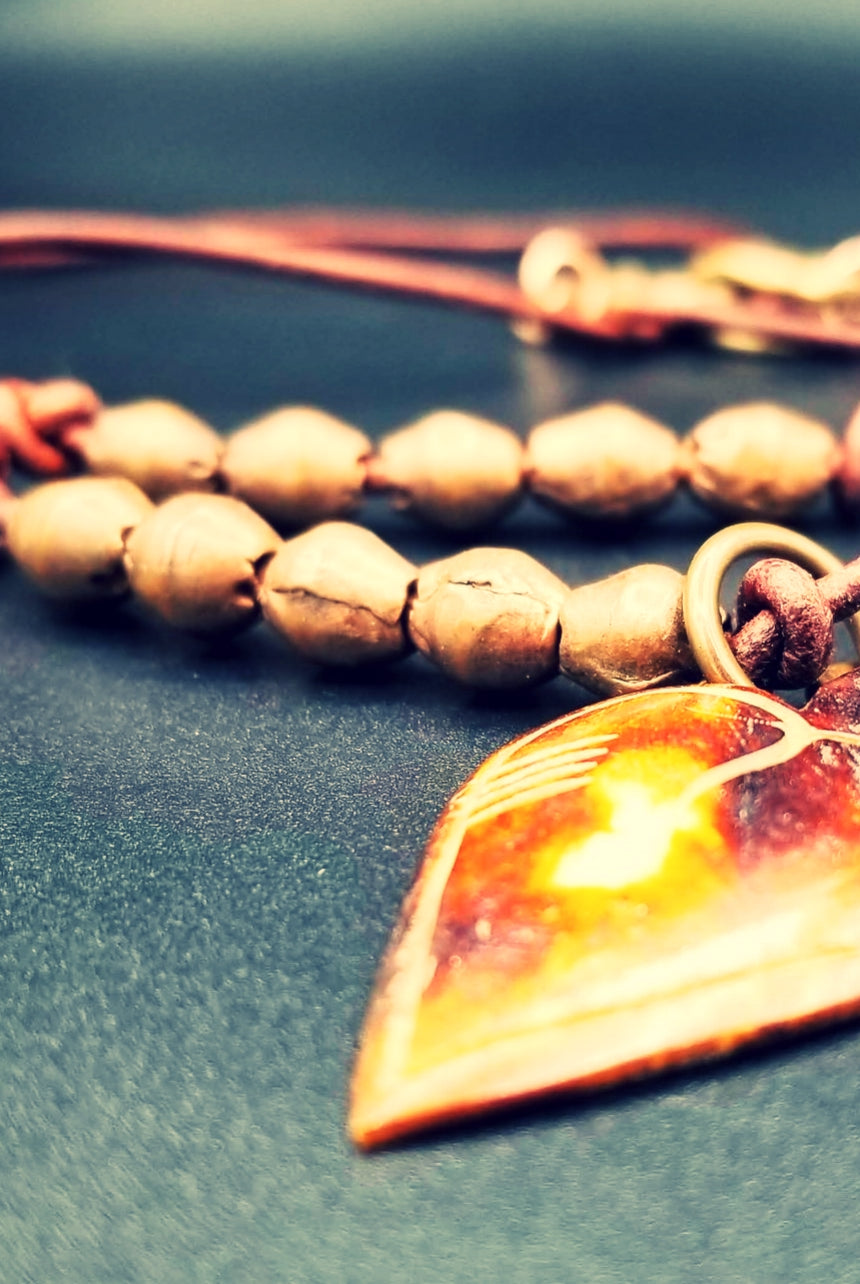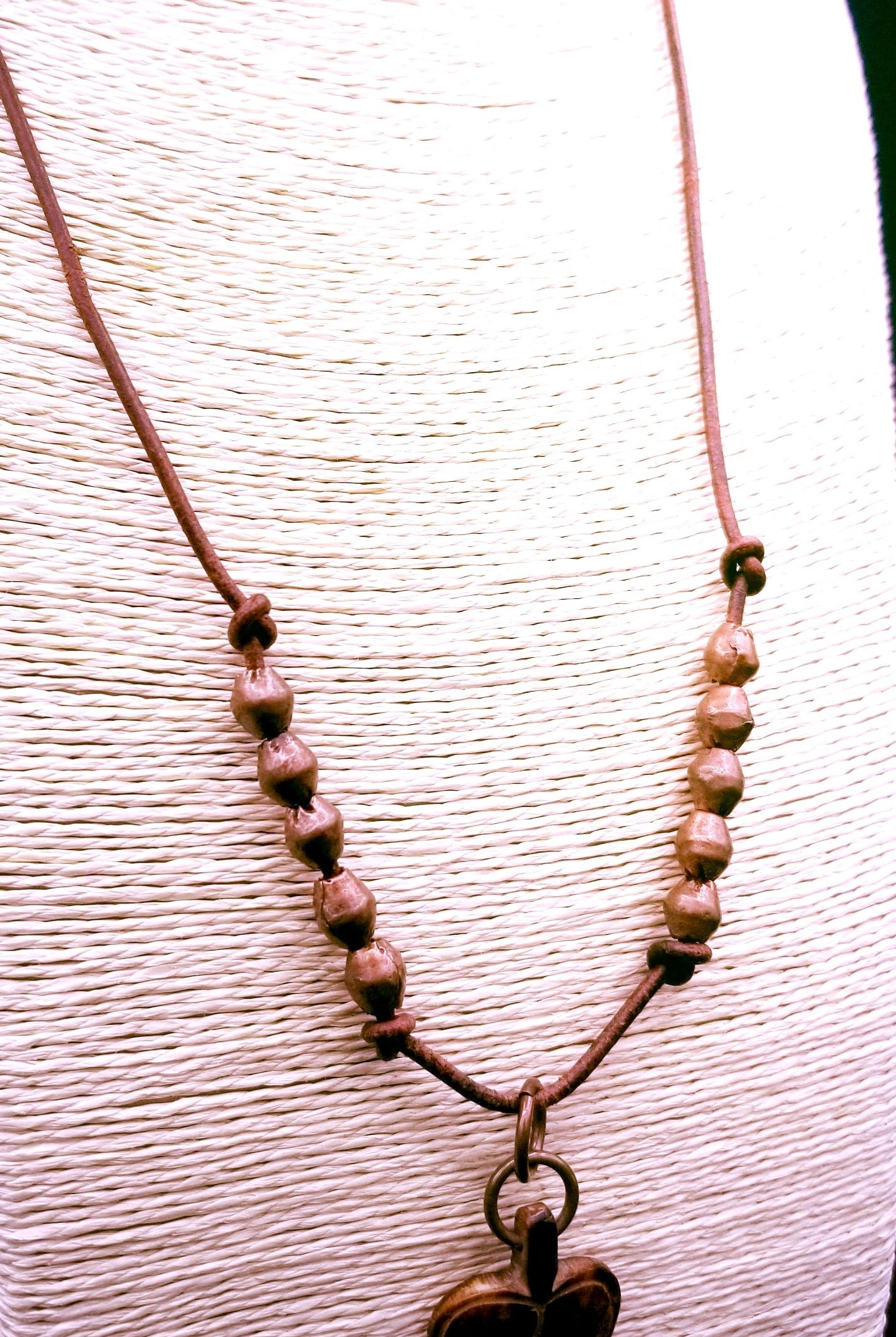Throughout history, adornments such as jewelry have been much more than mere decoration—they’ve served as a profound form of self-expression, cultural identity, and personal history. For people from all over the world, jewelry is not just something worn for beauty, but a powerful symbol of culture, heritage, and values. From intricate designs passed down through generations to contemporary pieces that honor ancestral roots, the jewelry we wear speaks volumes about who we are and where we come from.
The Role of Jewelry in Cultural Identity
Jewelry, in its many forms, plays a pivotal role in connecting individuals to their cultural identity. Whether it’s through the materials used, the craftsmanship, or the symbolic meaning behind each piece, these adornments help us tell our stories and preserve traditions. For many, jewelry is not just an accessory—it’s an extension of self, a way to wear one’s roots and celebrate what makes them unique.
1. Native American Jewelry: A Connection to the Earth and Spirit
Native American jewelry is renowned for its deep spiritual and cultural significance. Silver, turquoise, and other gemstones are often used in designs that symbolize the natural world and the connection between humans and the Earth. For instance, the turquoise stone is considered a protector and healer in many Native American cultures. Intricate designs like the feather or the dreamcatcher represent freedom, protection, and the guidance of ancestors.
Jewelry also plays a role in important life events—ceremonies, rites of passage, and celebrations—marking the wearer's connection to their tribe and traditions. For many Native Americans, wearing these pieces is a way to honor their heritage and keep ancient practices alive.
2. Samoan and Polynesian Adornments: Honoring Ancestral Heritage
In Polynesian cultures, jewelry holds deep spiritual and ancestral meanings, reflecting the values of respect, strength, and family. Samoan tatau (tattoos) often complement jewelry, telling stories of the wearer’s lineage and honoring their ancestors. Jewelry such as carved pendants and rings may feature symbols related to protection, strength, and the ocean—the lifeblood of Polynesian communities.
For many people in the Pacific Islands, wearing jewelry or adornments with ancestral symbols is a way to honor their heritage and carry the wisdom of their ancestors into the present. Whether it’s a pendant carved from bone, a shell necklace, or a piece of metalwork, these adornments serve as daily reminders of where they come from.
3. Scottish and Scandinavian Jewelry: Heritage in Every Knot and Stone
In Scottish and Scandinavian cultures, jewelry is deeply rooted in tradition, history, and family. For example, the iconic Scottish claddagh ring represents love, loyalty, and friendship, with its heart, hands, and crown design. Historically, it’s been worn as a symbol of romantic commitment or friendship, passed down through generations as a meaningful token of connection.
Similarly, Scandinavian jewelry often features intricate designs inspired by Norse mythology and nature. Symbols like Thor’s hammer (Mjölnir) or runic inscriptions are often seen in rings, pendants, and bracelets, connecting the wearer to their Viking ancestors and their connection to strength and protection.
The use of materials like silver, bronze, and copper also ties these cultures to their natural environment. Wearing these types of jewelry is not just a fashion statement; it's a reflection of the wearer’s pride in their heritage and an homage to the stories and beliefs of their ancestors.
4. Indian Jewelry: Beauty, Spirituality, and Tradition
Indian jewelry is known for its vibrant colors, intricate designs, and deep spiritual symbolism. From the bright gold bangles worn by newlywed brides to the delicate maang tikka (headpiece), each piece carries a story, a belief, or a connection to the divine. Jewelry in India is often seen as a form of worship and spiritual expression, with designs incorporating sacred symbols such as the Om, lotus, and peacock—each representing purity, beauty, and grace.
In many parts of India, jewelry is a mark of social status, family wealth, and marital status. For instance, the jhumka (bell-shaped earring) and kada (bangle) are not only pieces of beauty but carry the weight of tradition and community significance. Gold jewelry, in particular, is highly revered and often worn in religious ceremonies or as part of weddings, celebrating the union of two families and honoring sacred customs.
Jewelry in India is also believed to hold protective powers. For example, wearing a nazar battu (an amulet against the evil eye) or a ratti (a gemstone used for healing) can ward off negativity and bring good fortune.
5. East Asian Jewelry: Symbolism and Elegance
In East Asian cultures, jewelry often incorporates symbolic meaning, where the choice of materials and designs reflects values such as longevity, health, and prosperity. For example, jade is considered a highly auspicious stone in Chinese culture, believed to bring good fortune and protect the wearer from harm. In Japan, delicate origami designs and kintsugi (the art of repairing pottery with gold) are often incorporated into modern jewelry as a reminder of the beauty found in imperfection and resilience.
Jewelry in these cultures often combines artistry with symbolism, making each piece a meaningful part of the wearer’s life story and cultural heritage.
Why Jewelry is a Powerful Form of Self-Expression
Jewelry serves as a bridge between the past and present, connecting individuals to their cultural roots while offering a platform for personal expression. When we wear jewelry that reflects our heritage, we celebrate our family traditions, honor the struggles and triumphs of our ancestors, and share our unique story with the world.
For many, jewelry is a conversation starter—a way to spark connections with others who share similar traditions or an opportunity to educate those unfamiliar with the deeper meanings behind these adornments. It’s more than just an accessory; it’s a representation of who we are, where we’ve come from, and what we stand for.
At the heart of every culture is a deep desire to preserve and pass on the stories, wisdom, and values that have shaped it. Through jewelry, we carry these stories with us, letting them shine through in every piece we wear.



